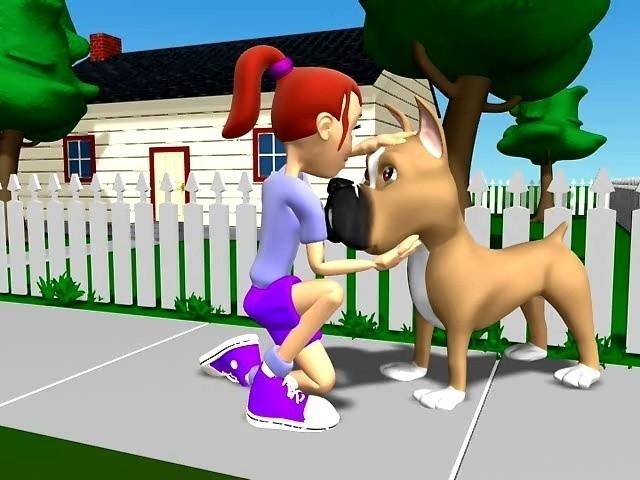
5 minute read
SA: IPT Health Care Check Up (HCCU)
Write in IPTouch, POI bones, joints (motion), soft tissue (muscles) anatomy, goals & IPTouch ideas on the front & back of cards before laminating.
Try to assess through feel & observational communication bilaterally, therefore finding a comparison of both muscular size & emotional or physical tension. Use this are for observational and tactile IPTouch RECIPES. DO NOT apply this information without direct use of course anatomy text books. Add to this basic information.
Advertisement
BODY COVERING: Think rainbow… light to dark colors. What do you see? This can also be an area that may show signs of dis-ease. Bald spots or dull coats can signal internal illness or stress. Fur Striping and Animal Vibes will do wonders for PNS goals and help you feel for new lumps and bumps. (Research fur, feather, scale anatomy & boney prominences). Problems here may indicate Dr. visit time.
POI
Bones: General prominences…
Motion: Fluffing, appropriate seasonal shedding…
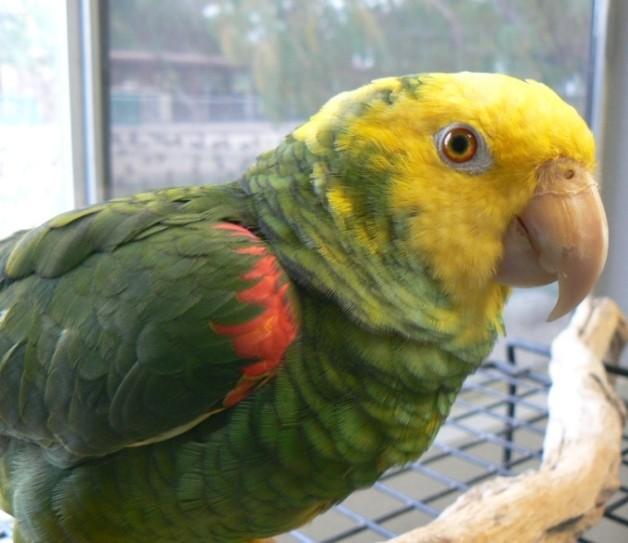
Soft Tissue: Separate movement underneath.
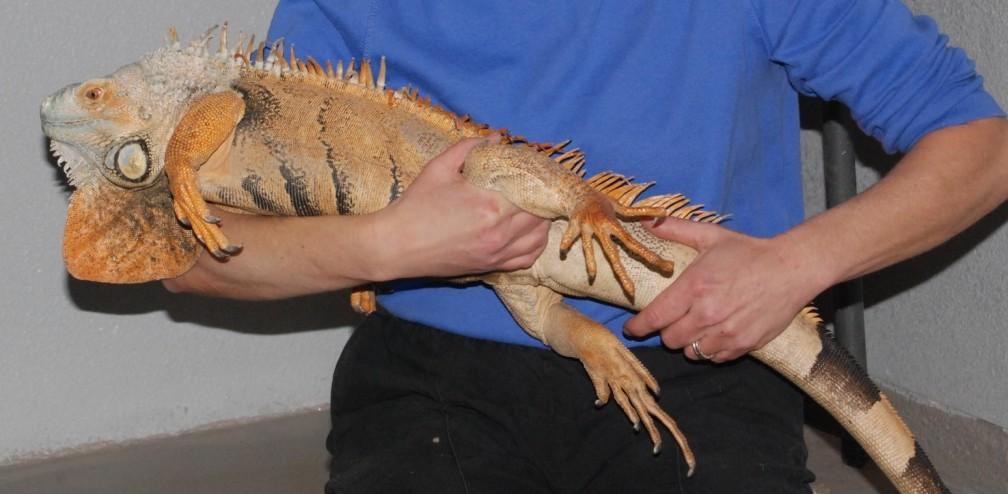
Goal: Equal, Colorized. Skin should move, feathers, hair, scales should be bright and aligned depending on age, health…hair vs. fur

HEAD: Should rotate and move with ease separate from the neck ( atlas-axis).
POI
Bones: Skull, Mandible, Atlas-Axis
Motion: Chewing, Head rotation
Soft Tissue: Temporalis, Masseter…carnivore or herbivore??
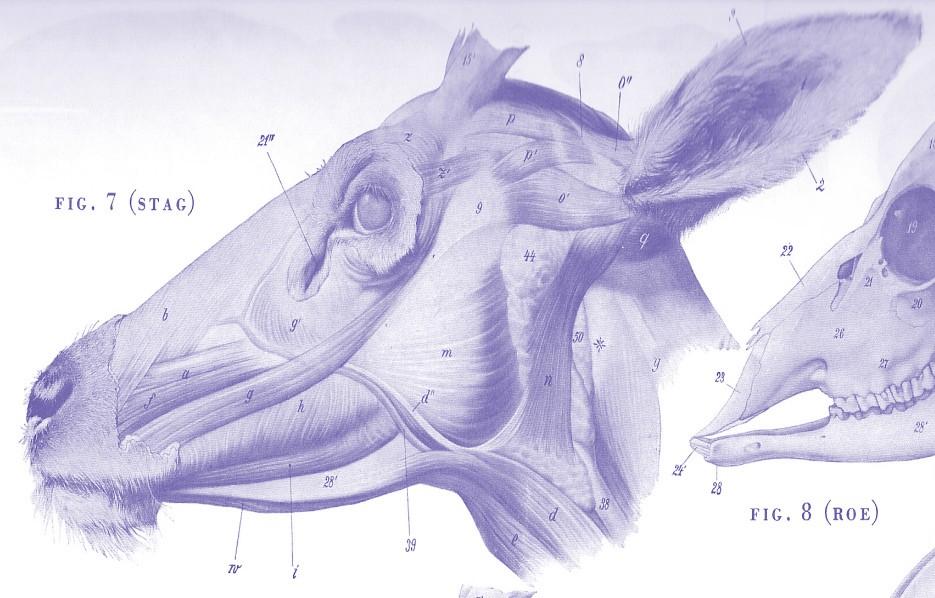
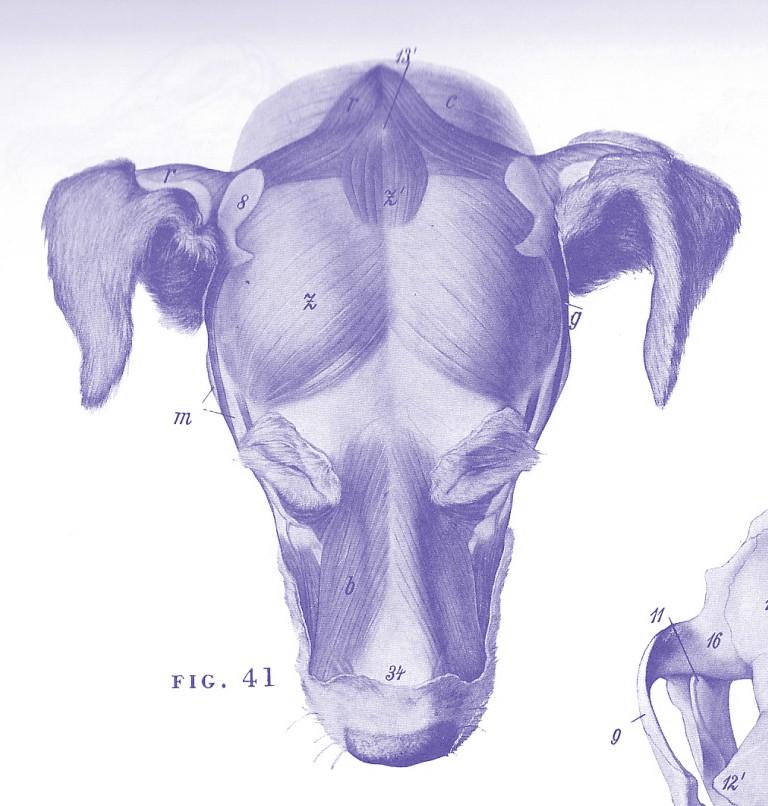
Goal: Tactile Tolerance
MIND: Joyous, Peaceful, Welcoming…Yes, animals have good and bad days. Know them. Maybe they need hugs, exercise, a vet visit, or IPTouch.
NOSE: How is the skin on the animal’s nose? Be careful of sunburn, but remember that animals will lick off sunscreens and balms. It is a myth that a wet nose signifies health. Are nostrils flaring, unequal…what do you see during breathing?
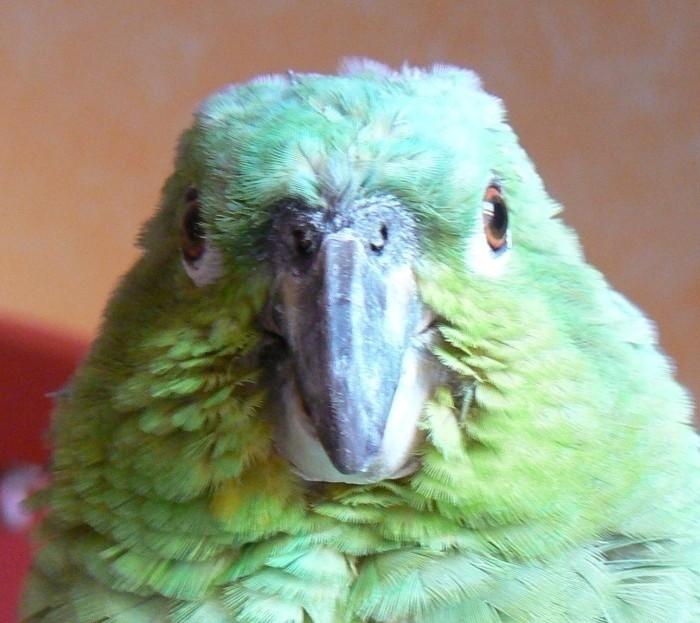
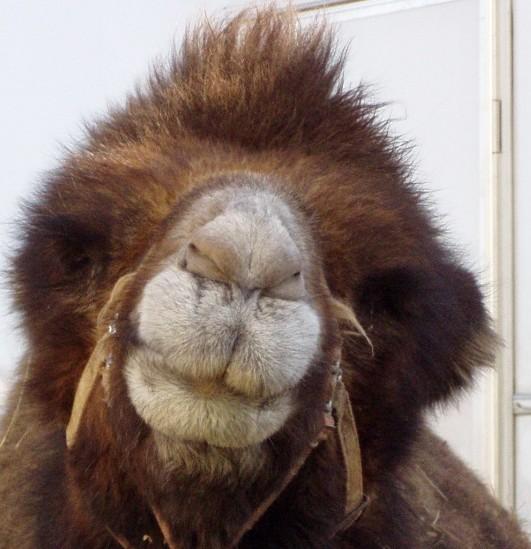
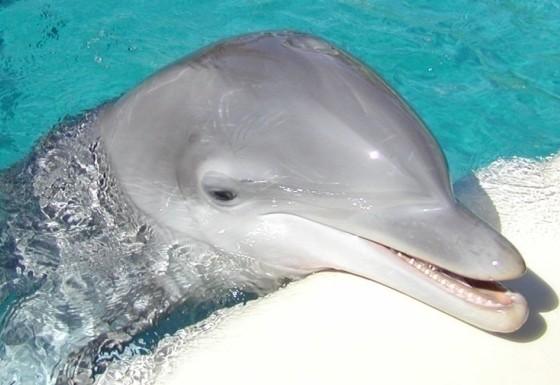
POI Bones Motion
Soft Tissue
Goal: Clear
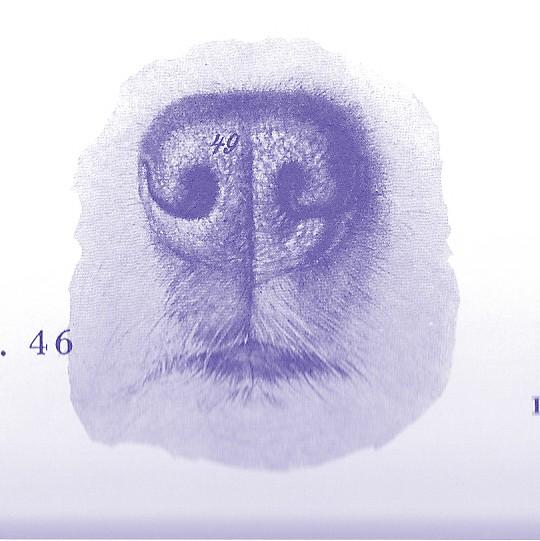
Rabbit Picture: Animal Anatomy: Elements of Form by Goldfinger
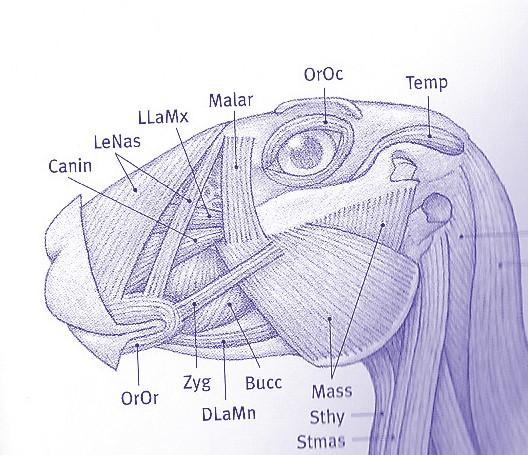
MOUTH: Oral care is VERY important. Bacteria in the gums can go into the blood stream, nervous system, and organs, causing illness and even death. A pet that licks, growls, and nips excessively can be relaxed and balanced with Growler
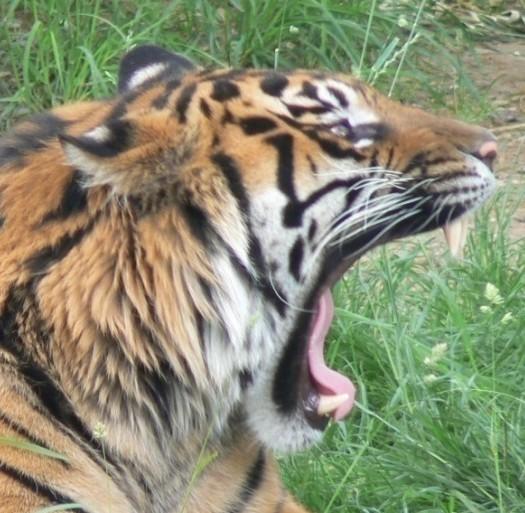
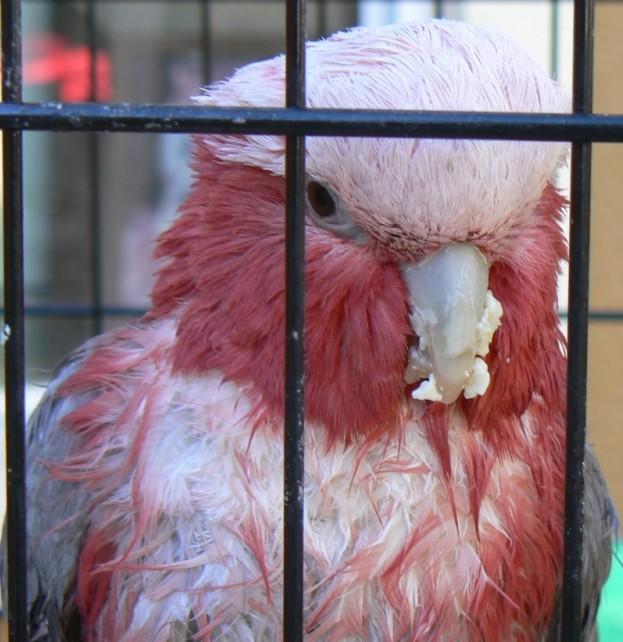
IPTouch. Guiding pets to be tolerant when IPTouching mouths is a good precursor for dental health care. Mouths are also used as ‘fingers’, temperature testers & gentle ‘steering wheels”….and kissers! Think herbivore, carnivore, insectivore, omnivore. What color are your pet’s lips??
POI
Bones: Skull bones, Mandible
Motion: Temporal Mandibular joint
(TMJ)
Soft Tissue: Lips, Masseter
Goal: Soft cheeks, elongated lips
EYES: The place of non conversational emotion for most. Pupil size, blinking or tearing, dull cloudy eyes, intolerance to light, and even fear of darkness can indicate an animal is having eye problems. Be aware of animal’s visual ability for safety and stress factors, as this will help them get along with others.
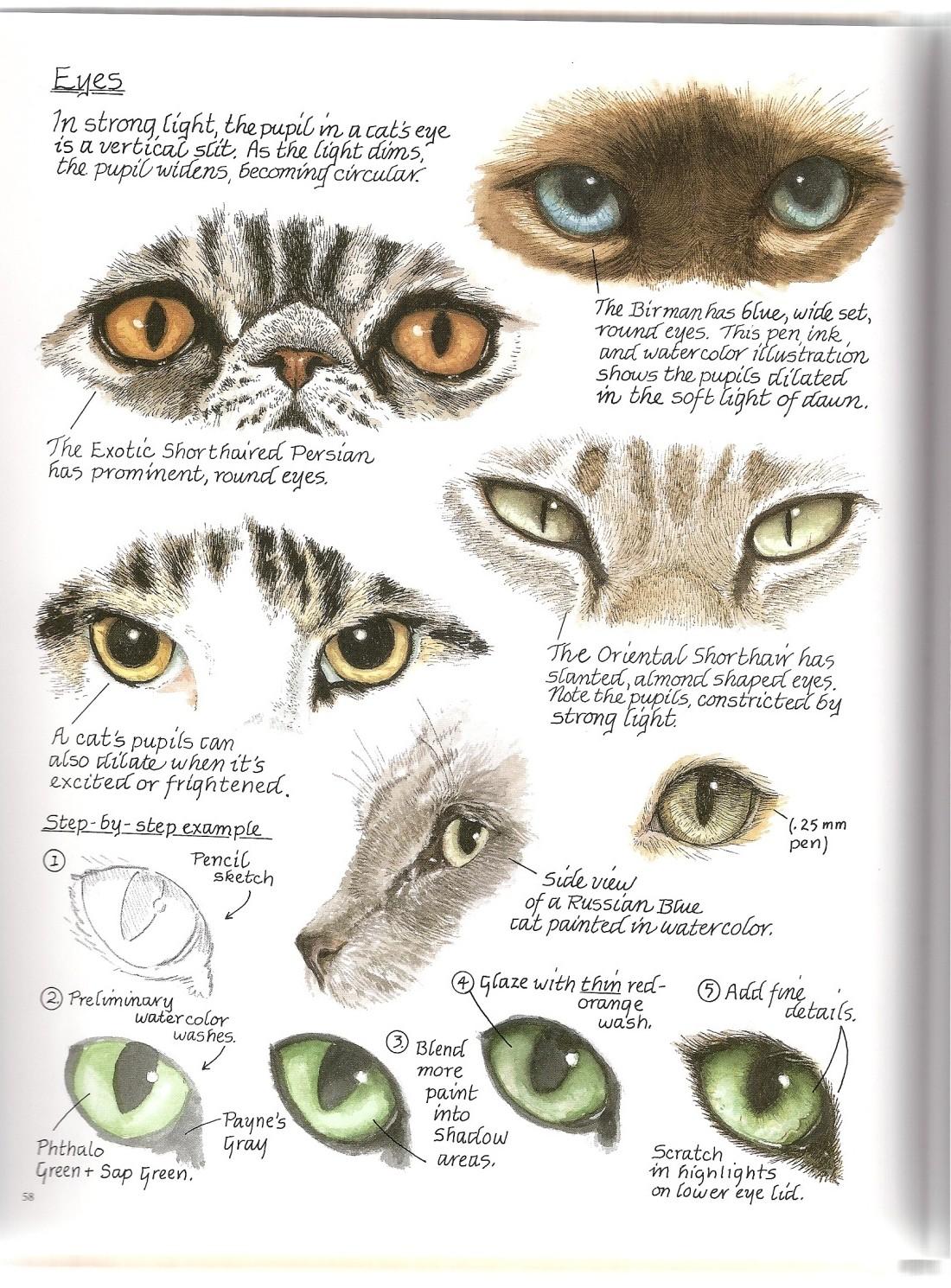
POI Bones Motion
Soft Tissue: eye lids
Goal: Soft lids, clear, bright vision
Picture: Painting Your Favorite Animals in pen, ink, & watercolor by Nice
EARS: An animal’s balance and even personality can change with ear or hearing problems. Ears are attached to muscles that enable them to move and communicate. You can help animals “talk” to others of their kind more comfortably by using Pig Ear IPTouches. Notice odors or animal responses when seeing and touching inside and outside of their ears. Ear docking may be unnecessary amputation unless injury or infections are a problem.
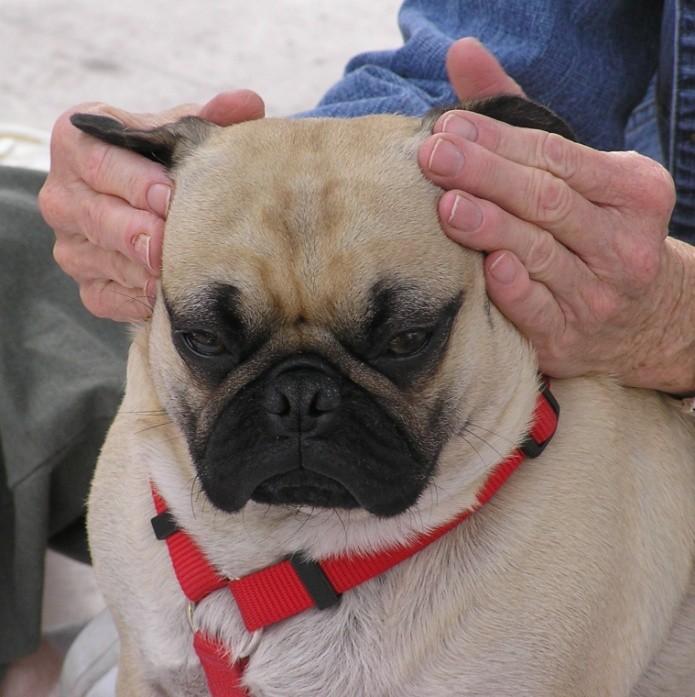
POI
Bones: cartilage / skin attachment
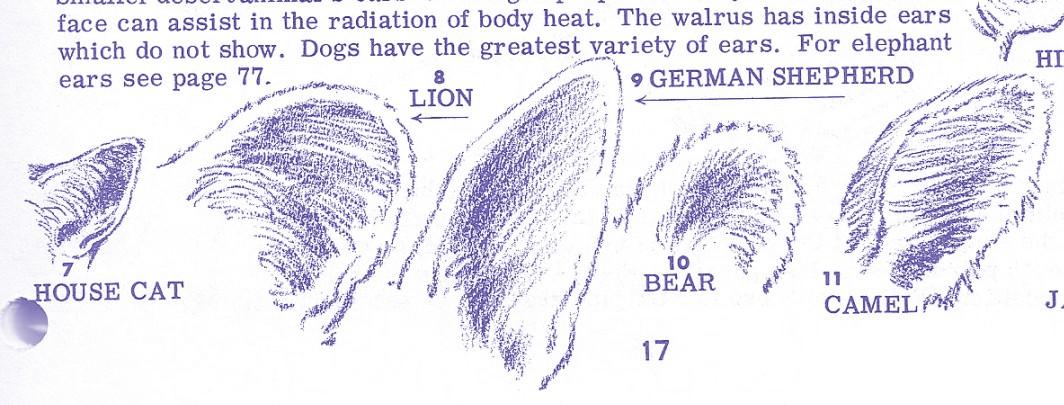
Motion
Soft Tissue
Goal: Tactile Tolerance
Picture: How to Draw Animals by Hamm

NECK: Any swelling or bumps noted with FS? Healthy swallowing ability is important. Can the animal swallow hard food and thin liquids? Does it have the facial and tooth comfort to chew?
POI
Bones: Atlas, Axis motion
Motion: Smooth rotation
Soft Tissue
Goal: Soft
Picture: Animal Anatomy: Elements of Form by Goldfinger
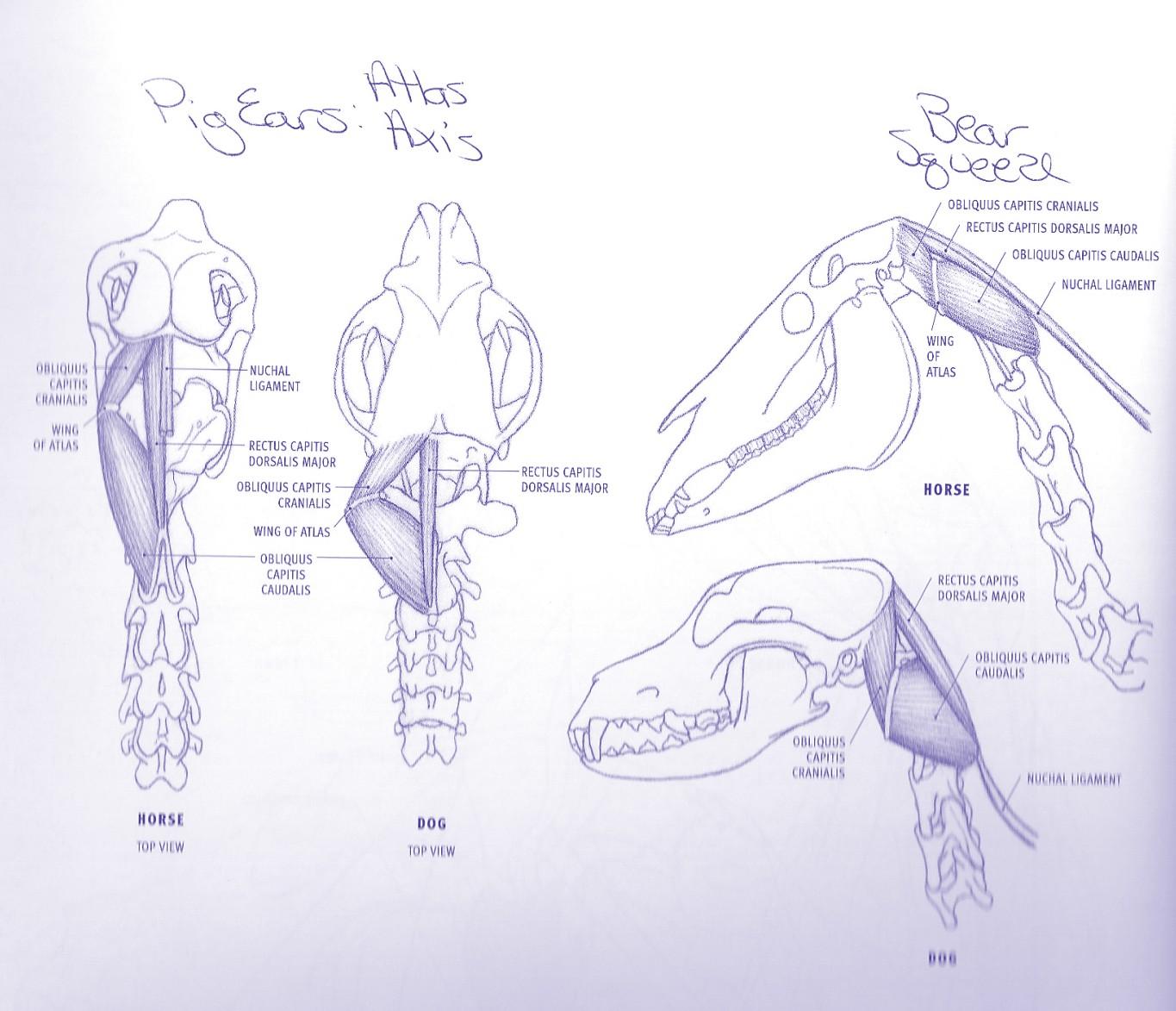
CHEST: Muscle tension here may slow an animal down. Once animals are used to IPTouch, Acr will be requested and even insisted upon by ‘you know who’.
POI Bones
Motion
Soft Tissue
Goal: Mobile, Soft, Smooth
Picture: Atlas of Animal Anatomy for Artists by Ellenberger
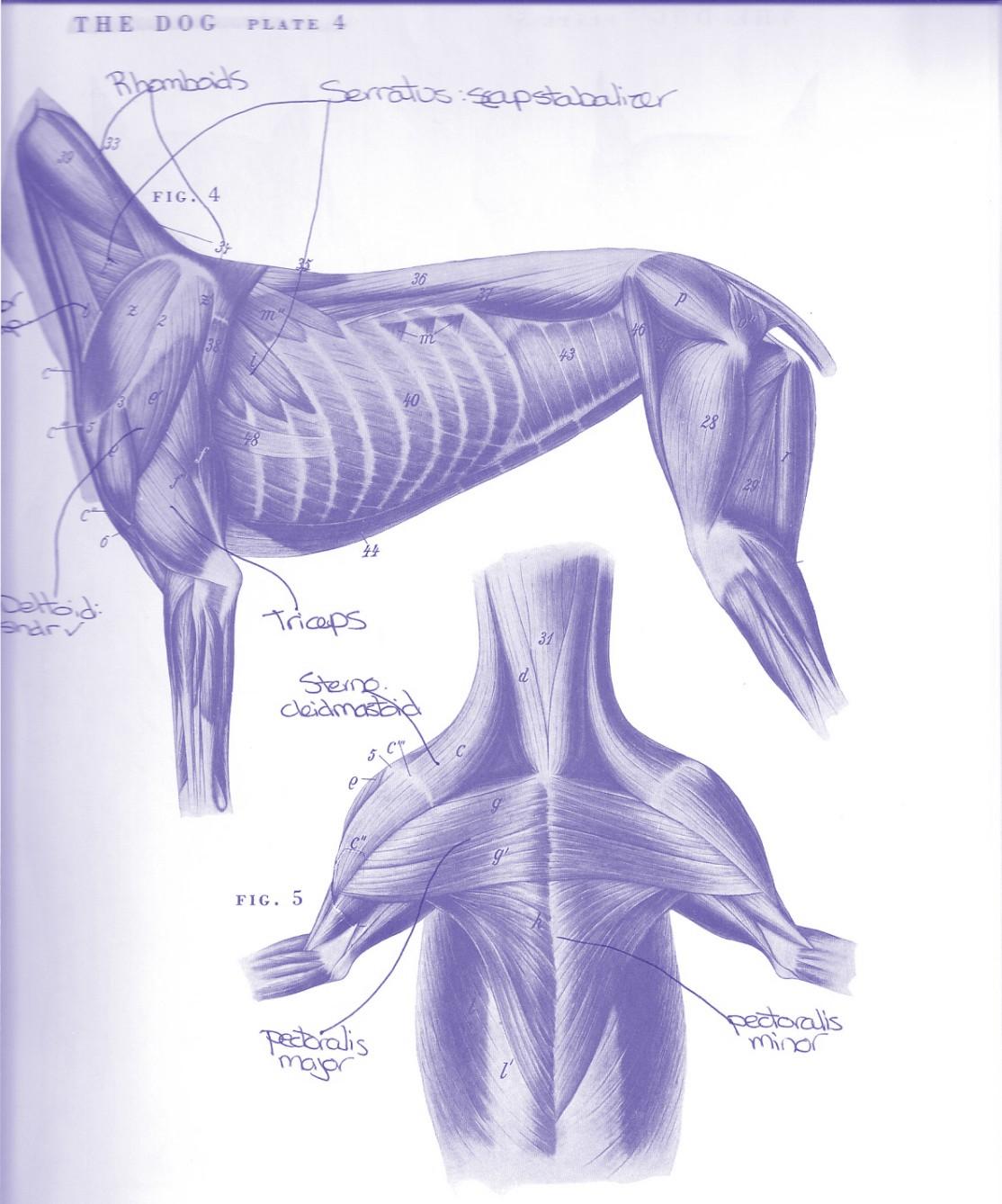
Pictures: Animal Anatomy: Elements of Form by Goldfinger
Front Extremities

Shoulders, Elbows, Ankles, Paw Placement: Dis-ease with movement may indicate arthritis, a sprain, or not enough exercise. A high head position may also indicate front body tension, as in the neck and chest. If the animal’s hind end is achy, the front end will soon become fatigued. Walking Hooves and Pet Sandwich will reduce foot and body tension, just like a foot massage will do for humans. By the way, declawing is similar to removing the top finger bone of a human.
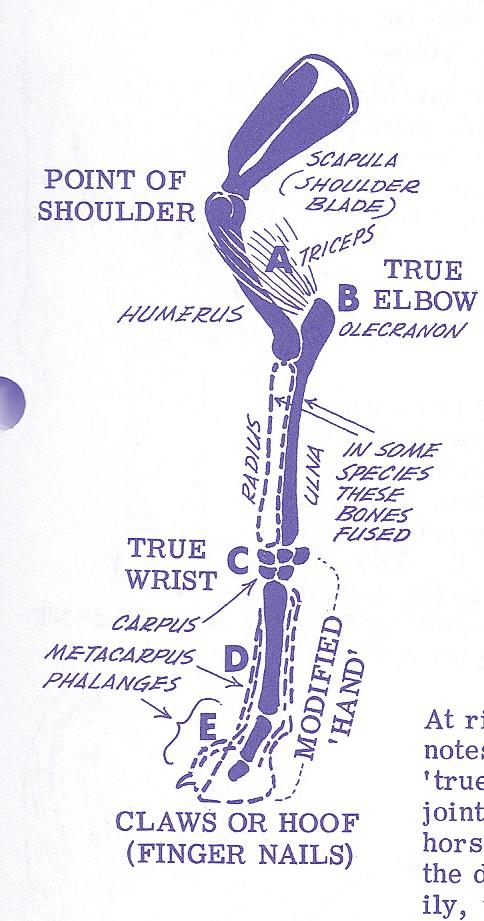
POI Bones
Motion
Soft Tissue
Goal: Aligned
SHOULDERS: Athletes or the elderly can have signs of disease in this area. Gentle FS, AV & PCL can help. Use a side lying or standing position, whatever the pet requests at the time. Armpit lumps may be signs of lymph node trouble needing medical attention.
POI
Bones: Scapula

Motion: Scapular Rotation
Soft Tissue
Goal Apply this with Front Extremities & Trunk awareness.
Elements
THORACIC / RIB AREA: Does this animal flinch when you touch its back? Animal Crossing and Rolling Fur Ball will relax intercostal muscles (small muscles between the ribs) and comfort breathing patterns. Are the mid-back and hind end areas symmetrical when standing or walking? Animal Crossing, Leash Remover, & Elephant Hugs can help soften & balance trunk muscles.
POI
Bones
Motion
Soft Tissue
Goal
STOMACH / ABDOMEN: Stress, gulping food, lack of exercise, age, genetics, and nutritional changes can affect an animal’s digestive system. The belly muscles help support the back. Using Elephant Hugs can activate this muscle group. Relaxed stomach muscles also help the groin region relax, thus opening the hips. If your pet has persistent bloat or a tense flinching stomach, see your vet.
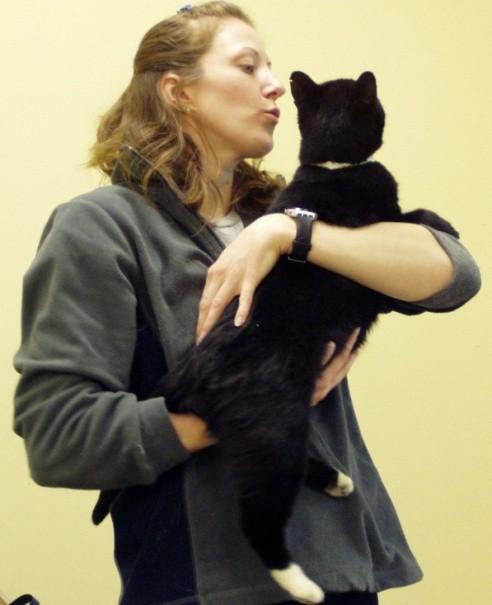
Poi
Bones
Motion
Soft Tissue
Goal
Picture: Internet
Inner Body Organs
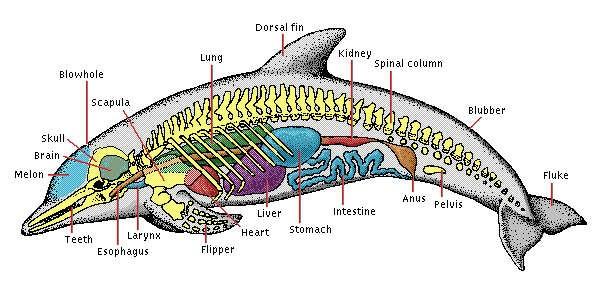
Inner Body Organs
Picture: Internet
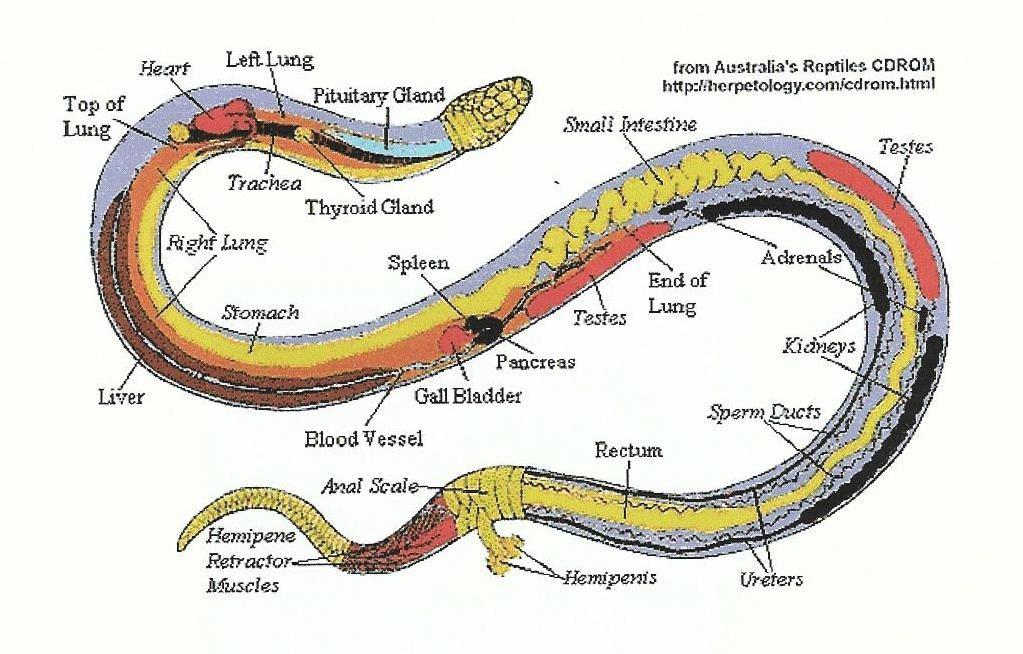
SA: Using your anatomy texts add your own picture here.
LUMBAR / SACRUM Area of ‘Woody Tension’. Does this animal hide its hind end or have a droopy head position? This can be a sign of dis-ease fear, submissiveness, or aggression, all of which may be reduced with IPTouch.
POI
Bones Motion
Soft Tissue
Goal: Skin Motion
Pictures: Animal Anatomy: Elements of Form by Goldfinger
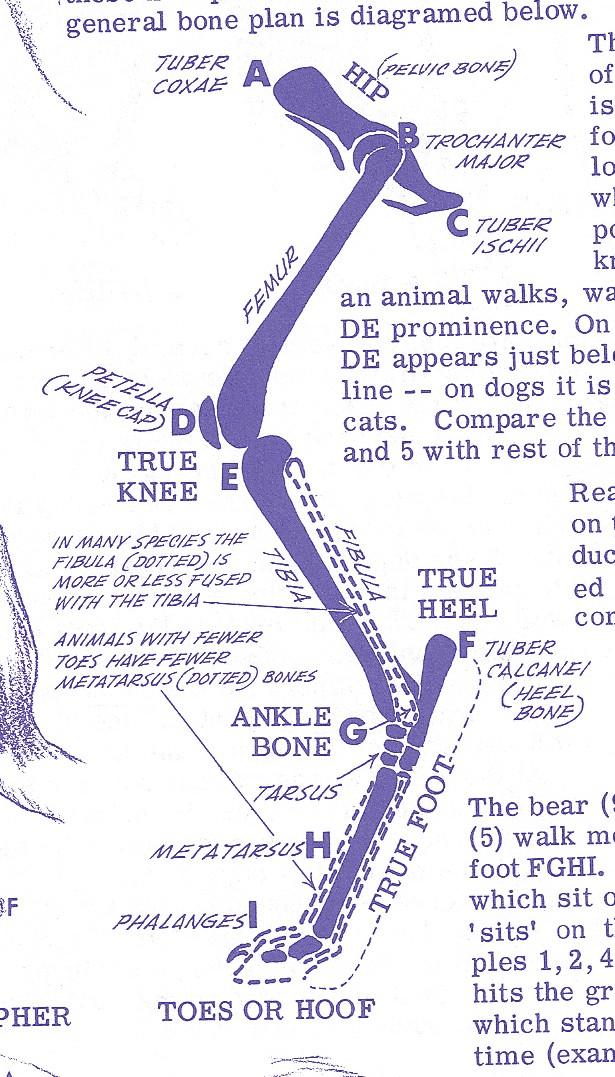
HIND EXTREMITIES:
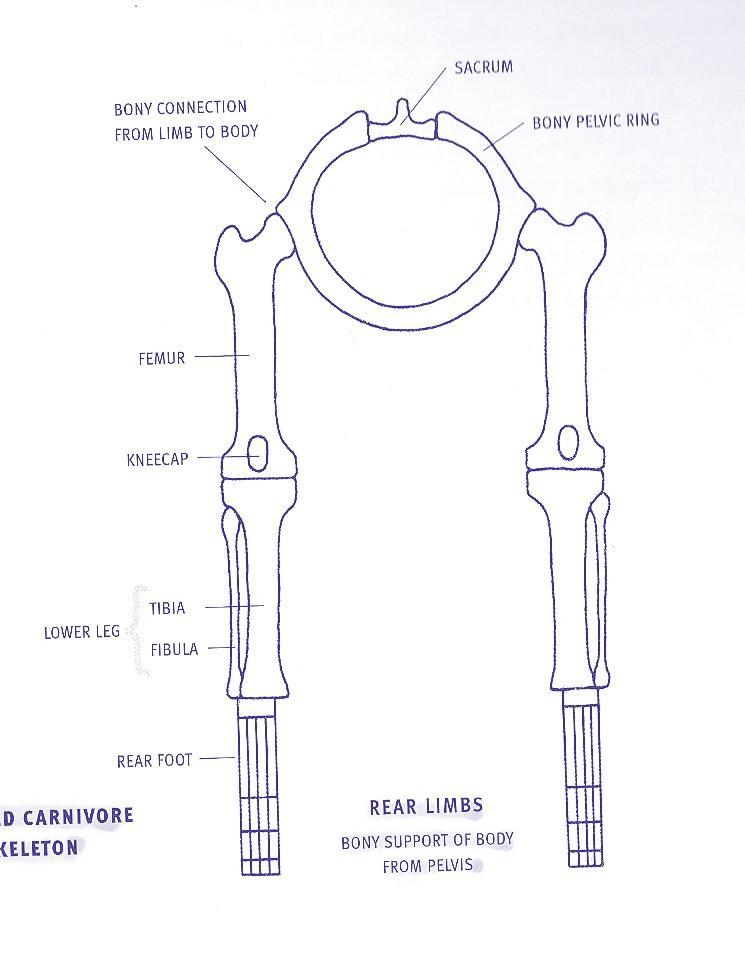
(Hips, Groin, Stifle, Ankles)
Comfort in this area can aid an animal’s ability to sit, stand, and lie on its side comfortably. Just as in humans, when lying on the side with the legs crossing midline, the back rotates. This may aggravate a disease back pattern. Lumps in the groin can indicate lymph node trouble possibly needing medical care. The muscular areas in the hip and gluteals
(butt) may welcome Bear Squeezes.
POI Bones Motion
Soft Tissue
Goal : Aligned
Picture: Spurgeon’s Color Atlas Large Animal Anatomy The Essentials by McCracken
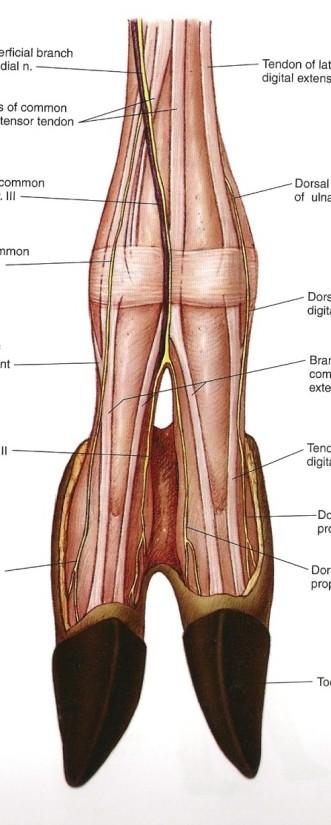
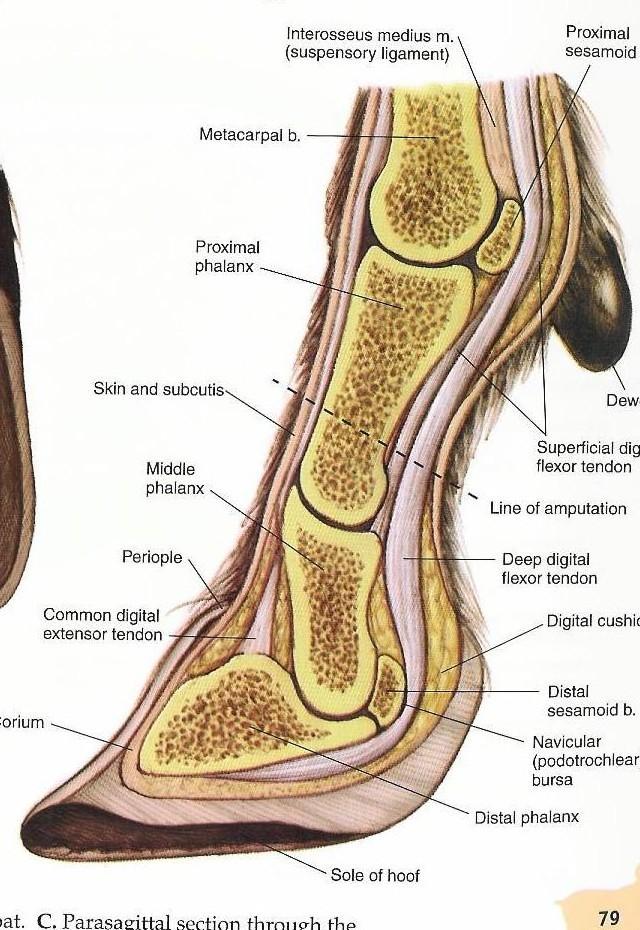
Paws: Tactile Tolerance
Picture: Painting Your Favorite Animals in pen, ink, & watercolor by Nice
Reflexology can be used for paws too!
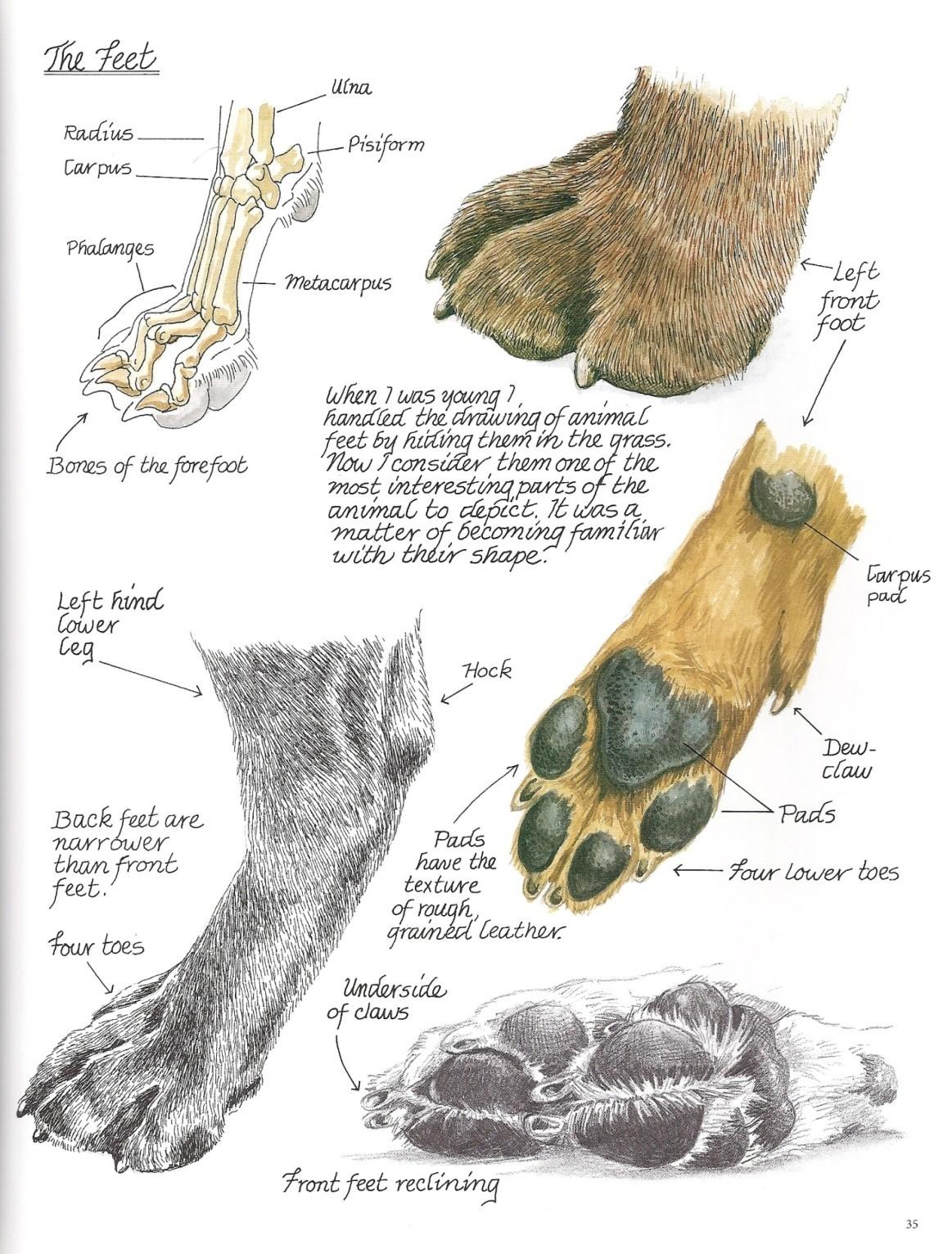
TAIL: The tail is the end OR beginning of the spine. In most animals it is NOT cartilage, but small vertebral bones. Animal Vibes and Tail Power will relieve low back and full body tension. Tail docking is an unnecessary amputation unless an injury has occurred. Observe central positioning during walking standing & sitting. When a pet is lying down FS tail away from a tucked position. Tucking can increase postural changes in the pelvic, low back and hind legs.
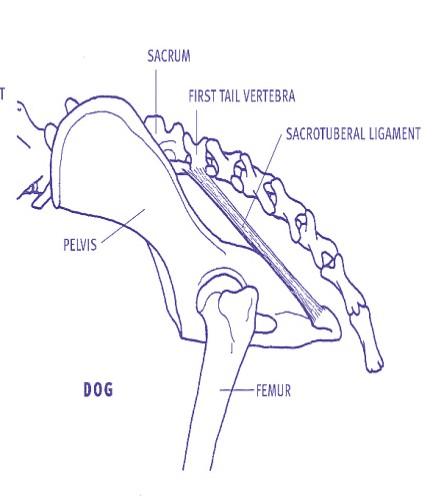
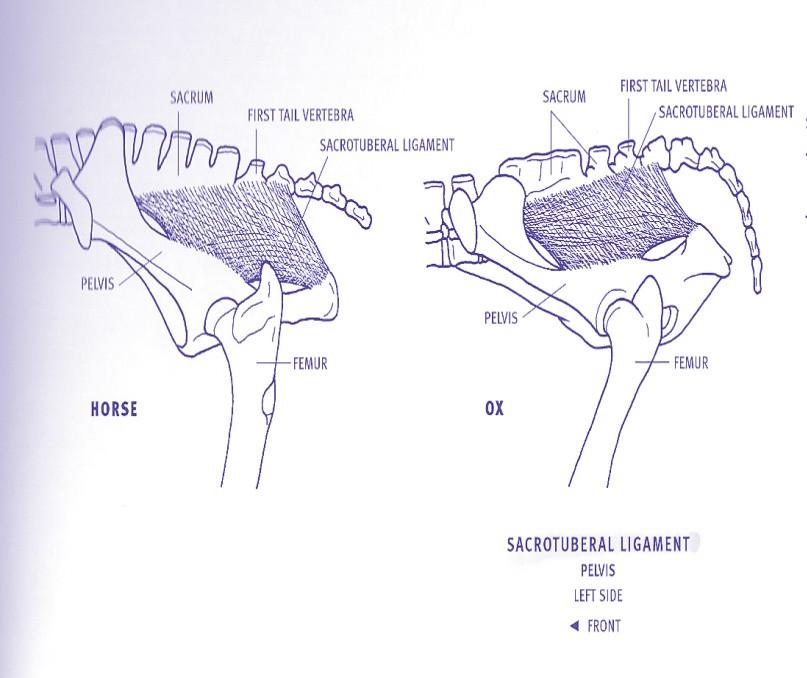
Picture: Animal Anatomy: Elements of Form by Goldfinger
POI Bones
Motion
Soft Tissue
Goal: Passive





